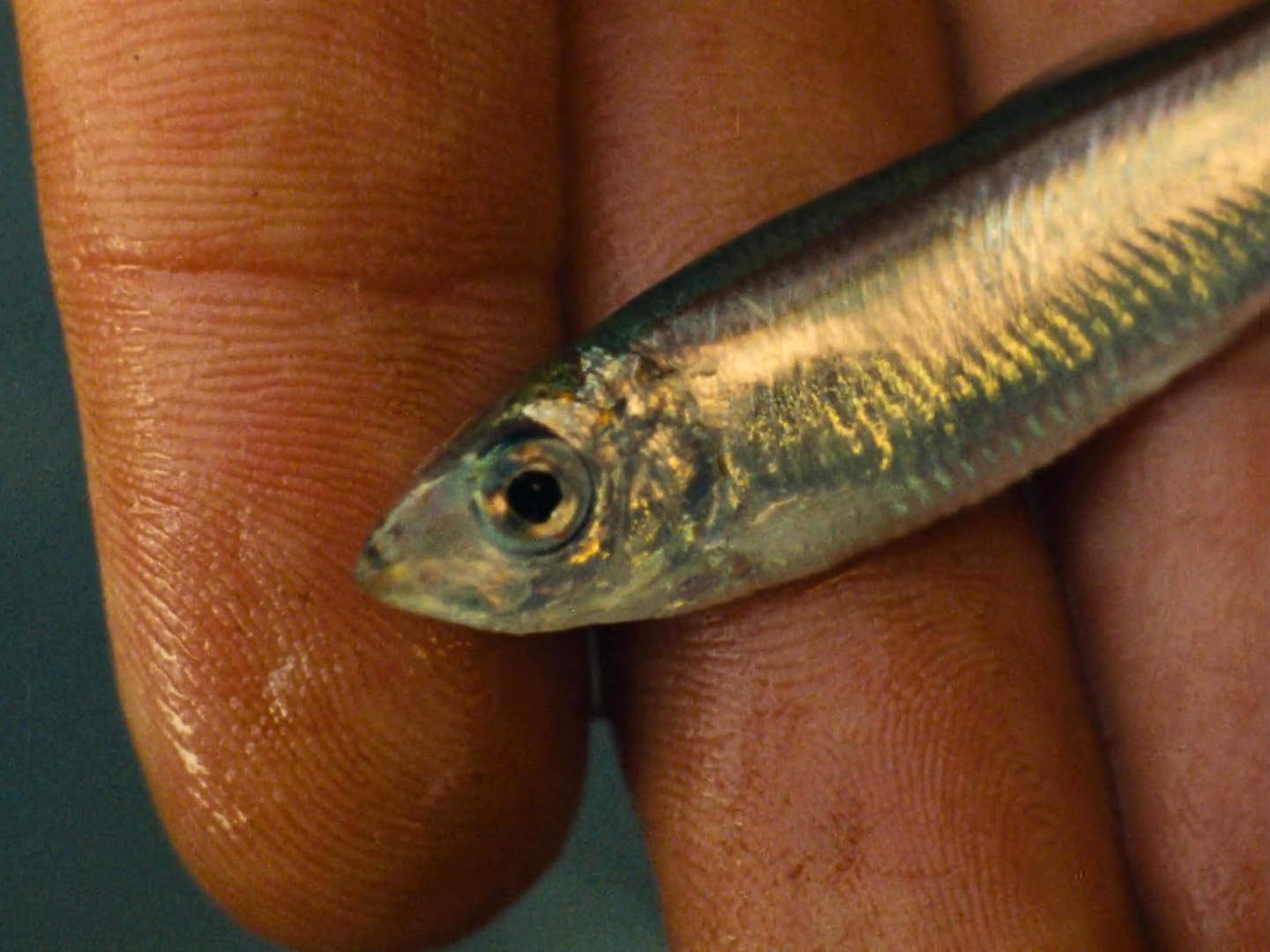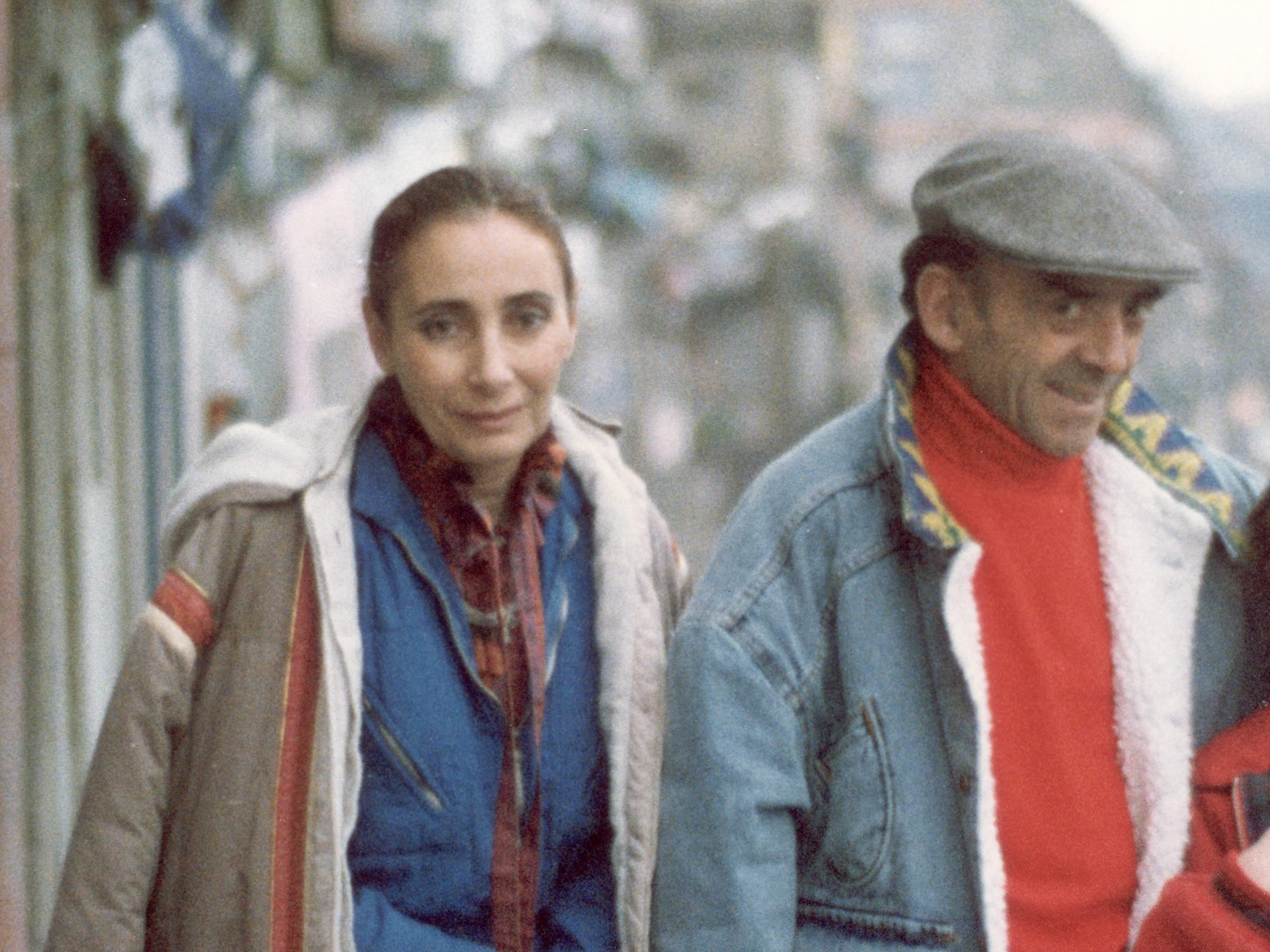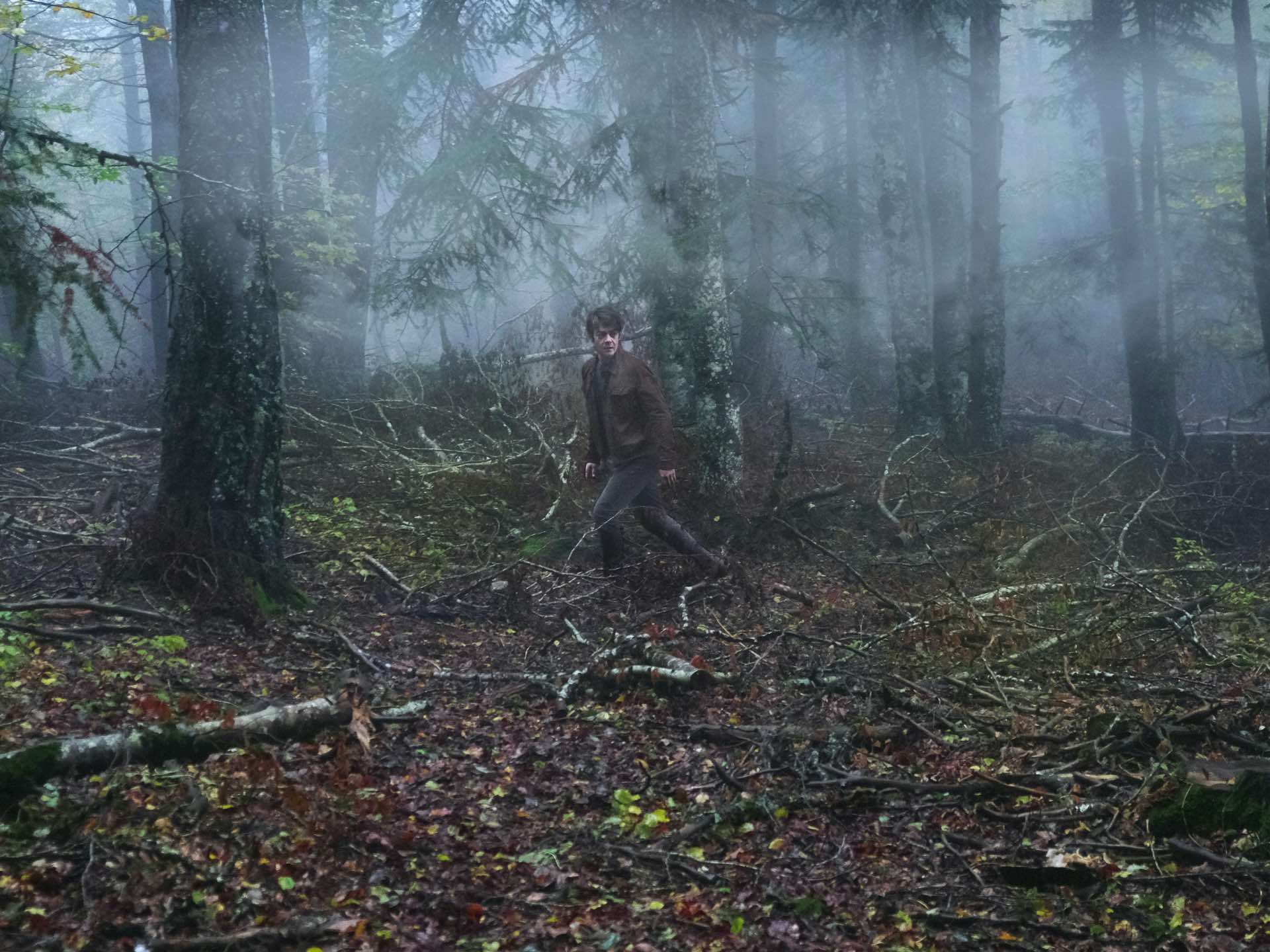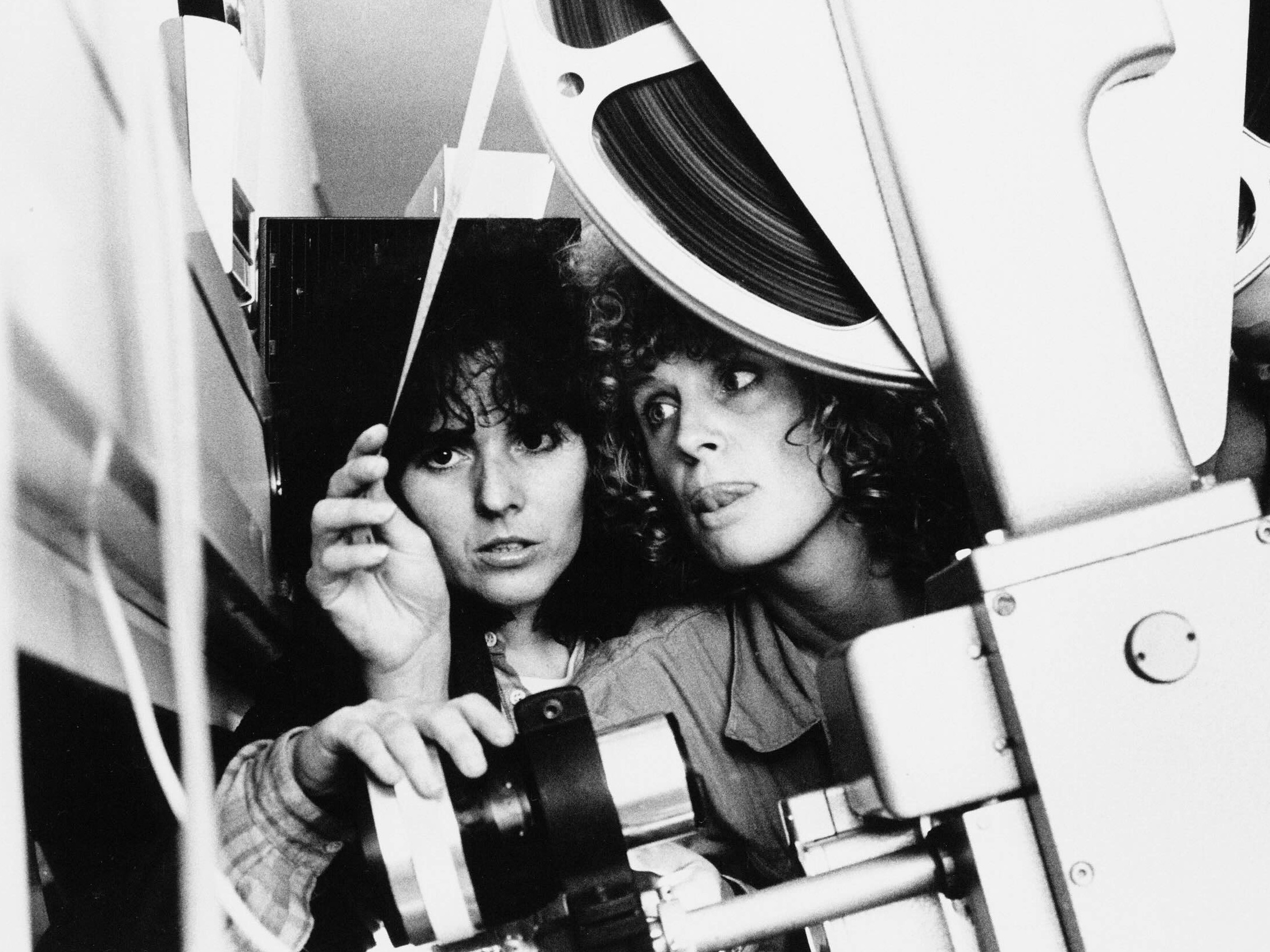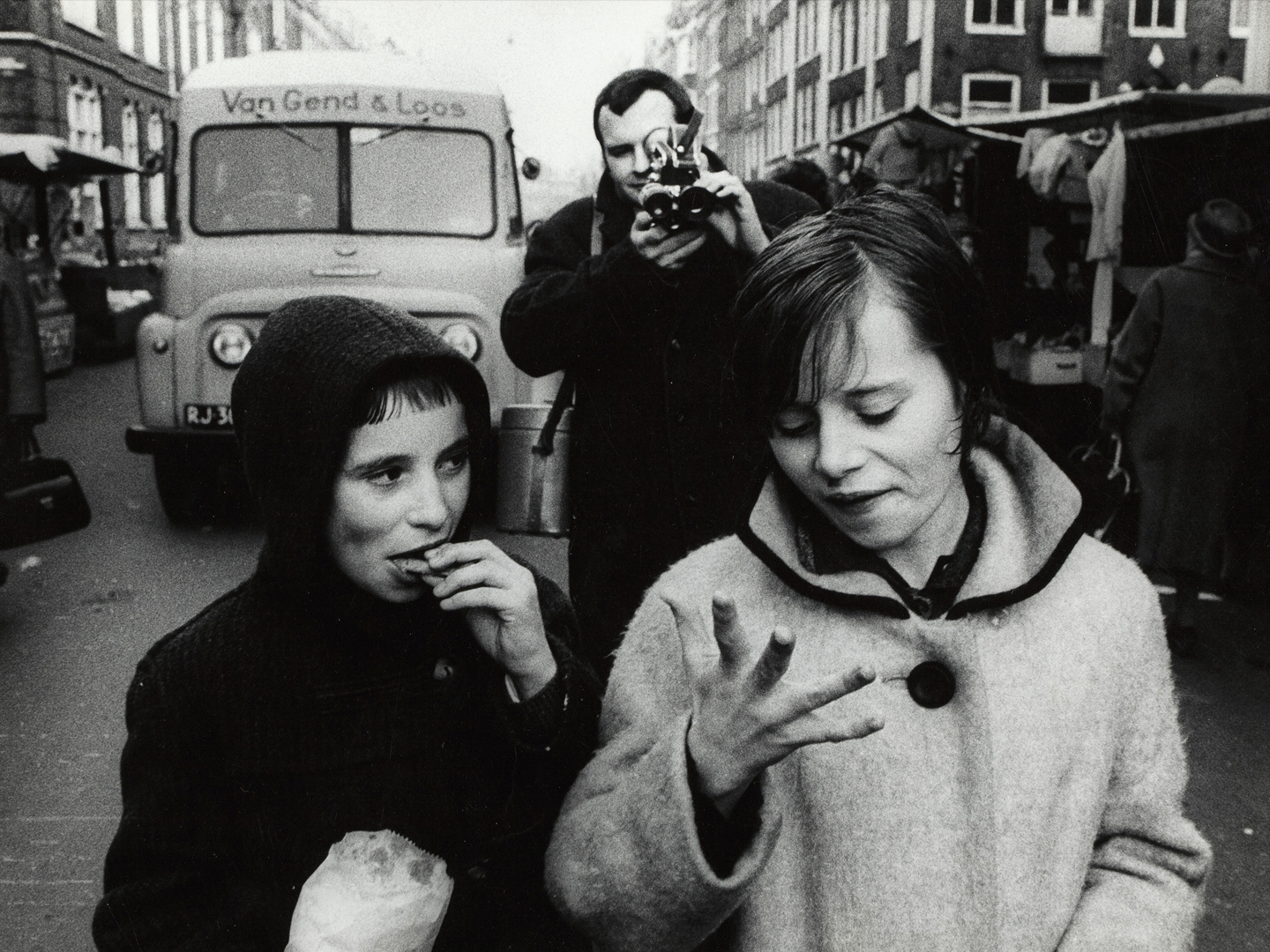Sabzian is a free online magazine that relies on the work of a group of dedicated volunteers. We could use your support. Please consider a donation! Sabzian est un magazine en ligne gratuit qui dépend du travail d’un groupe de bénévoles dévoués. Votre soutien nous aide beaucoup. Pensez à faire un don ! Sabzian is een gratis online magazine dat afhankelijk is van het werk van een groep toegewijde vrijwilligers. We kunnen uw steun goed gebruiken. Overweeg een donatie!
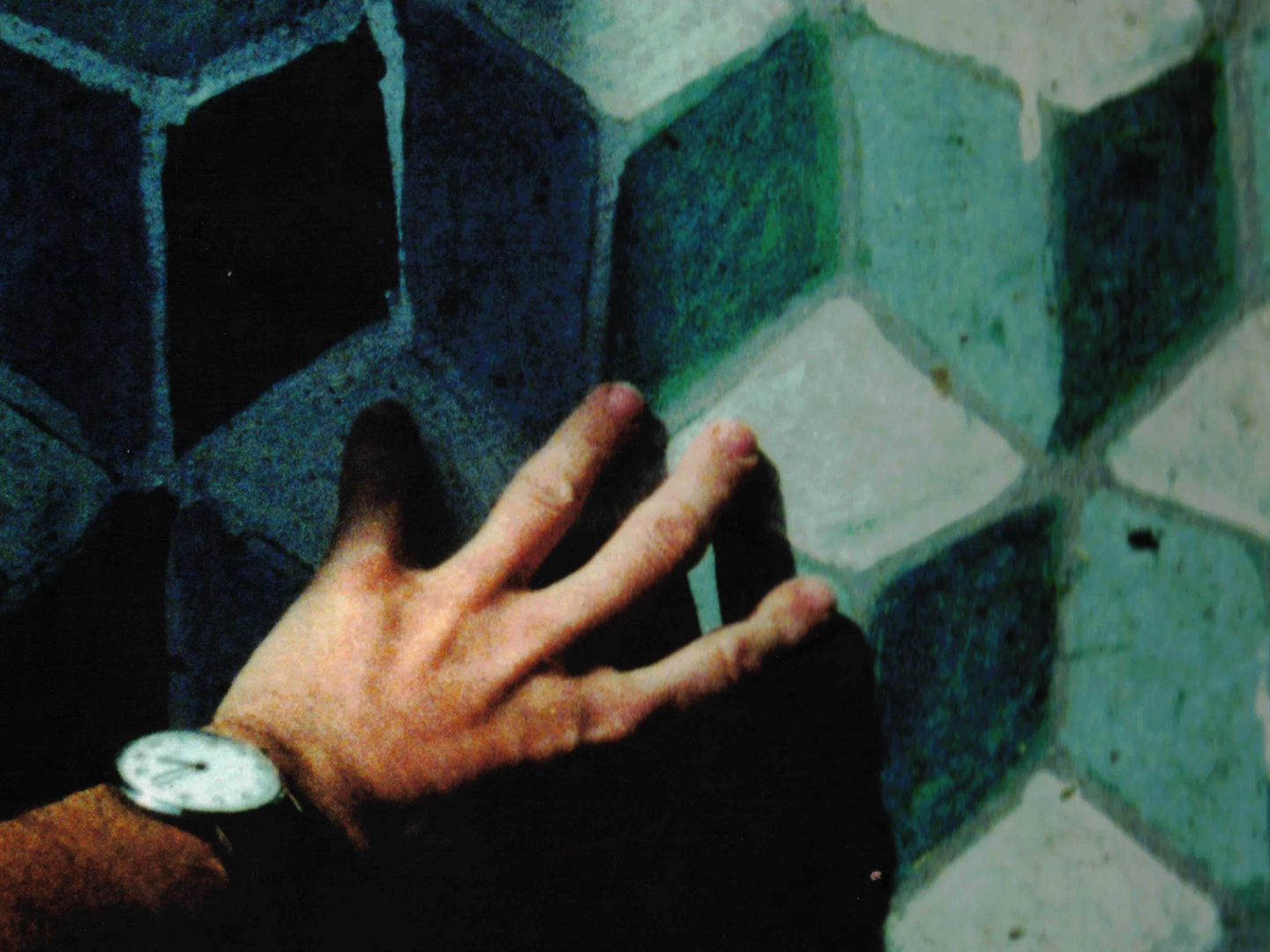
The Films of Johan van der Keuken
Johan van der Keuken (1938-2001) was a Dutch filmmaker and photographer. At the age of seventeen, he already made a name for himself with Wij zijn 17 (1955), a photo book of portraits of peers. A year later, he entered the Paris film school IDHEC, where he discovered a growing passion for filmmaking. As a filmmaker, he broke through with experimental documentaries such as Blind kind (1964) and the North-South trilogy (Dagboek, Het witte kasteel, en De nieuwe ijstijd, 1972-1974) in which he depicted increasing global inequality. He made more than fifty films. This collection provides an overview of the available English-language texts on Sabzian about the work of Johan van der Keuken, as well as a complete multilingual annotated filmography.
Related
Selection
This Week’s Agenda
“I don’t know if you’re a detective or a pervert,” Sandy throws at Jeffrey in Blue Velvet – a line emblematic of the cinematic world David Lynch built throughout his oeuvre. The filmmaker, who passed away on January 16, needs little introduction. With Eraserhead, Twin Peaks, and Inland Empire, he remains one of cinema’s true inventors, crafting a singular world shaped by the duality of American reality. “This is the way America is to me. There’s a very innocent, naive quality to life, and there’s a horror and a sickness as well.” Screening this week at Cinema ZED, Blue Velvet unfolds in the fictional town of Lumberton, an idyllic suburb where boyish Jeffrey discovers a severed ear, pulling him into a surreal nightmare of violence and obsession. For Lynch, no matter how unsettling his stories, they always followed a strict internal logic: “As soon as you step one foot forward into that story you realize that this world has rules, and you have to follow them, or the audience will sense that you’re doing something dishonest. That’s part of being true to your ideas.”
On Wednesday, CINEMATEK will screen Jean Grémillon’s Lumière d’été. To this day, Grémillon remains one of the least known French filmmakers. Despite Jean Douchet noting in a 2013 interview that “Grémillon was the greatest French filmmaker of the 1930s-50s, alongside Renoir,” he was not included in the names defended by the French critic and his Cahiers-colleagues at the time, such as Bresson, Becker, and Ophuls. “Grémillon was forgotten in the passionate movement that Cahiers had in its grip, but he was never attacked.” Made in the zone libre during the German occupation in World War II, when many French filmmakers were in exile, Lumière d’été transformed from a censored film into one of the most important works of French cinema. “A dance of passionate love, carried by the poetry of the dialogues, written by Prévert and Laroche,” according to the Cinémathèque Française.
Chantal Akerman’s Je tu il elle and J’ai faim, j’ai froid will be shown together this Sunday at De Cinema, two films that have an autobiographical starting point but simultaneously deviate from it through their fictional transformation in mise-en-scène. In Je tu il elle, a young woman, played by Akerman, voluntarily locks herself in a room before venturing into the world, struggling to either conform to or break away from the norms of adulthood. In J’ai faim, j’ai froid, two Belgian teenage girls run away to Paris. For Akerman, it was a depiction of her own experience as an outsider in the French capital. “I come from a country where French is also spoken, from a capital city as well. Everything could be the same, but everything is different – it is also this difference that I would like to show.”
Belgian Premieres and Festivals
Each month, Sabzian lists upcoming Belgian premieres, releases and festivals.



